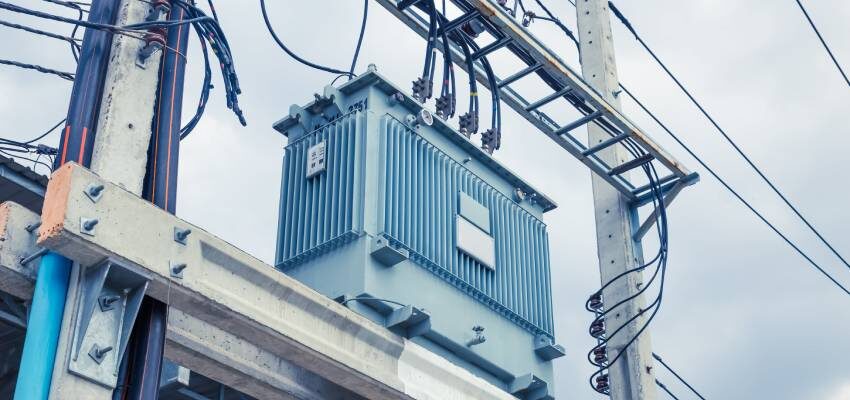Design of Distribution Transformers – e-lesson #5 – Construction elements

Hosted by: Mario Salano / Intermediate level
This lesson covers the fundamental principles of transformer design, focusing on the electromagnetic aspects. The presenter, Mario Solano, explains that transformer design involves balancing various requirements and constraints, including power, voltage, losses, temperature, insulation, and short-circuit performance. The key principle is Faraday's law of electromagnetic induction, which states that the induced voltage is proportional to the rate of change of the magnetic flux linking the windings. The design process involves calculating the core flux, number of turns, and other parameters to achieve the desired voltage transformation. An ideal transformer has no losses, but in practice there are small differences between no-load and load conditions. Transformers have three main applications: stepping up or down voltage/current, and blocking DC. Overall, this lesson lays the essential groundwork for understanding how transformers are designed based on electromagnetic principles.
Unauthorized message
The main topic of this session is the considerations of products that meet technical specifications overcoming business and social problems: concept applied to line frequency transformers.
As the course author – Mr. Salano – likes to put it: Technical specification is the mother of every design as it communicates the needs and requirements of the users in manageable technical data.
Attend and learn more.
Keywords: specification, requirements, design, data sheet, standards





